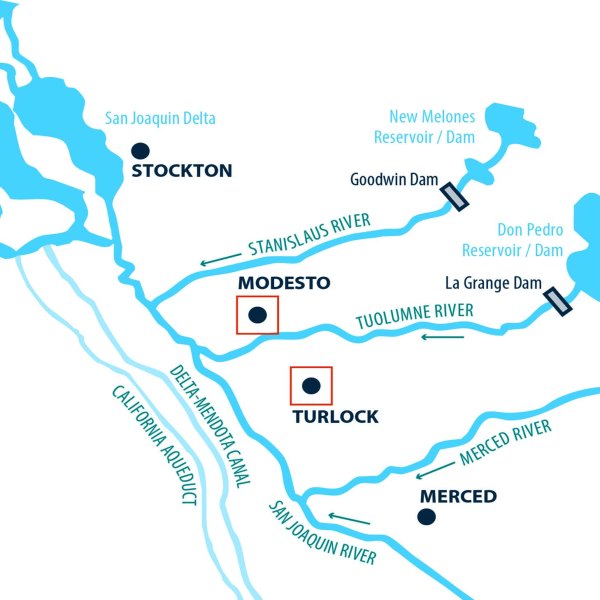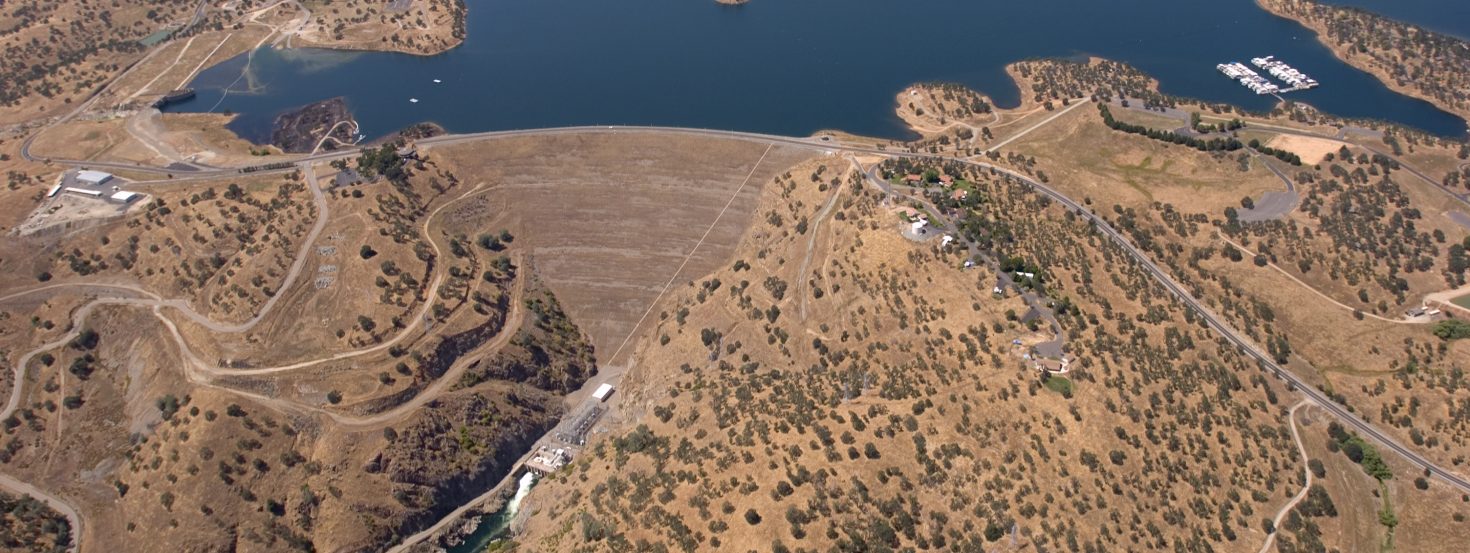California regulators and environmental organizations want more water to flow into the Bay-Delta, and they have targeted three tributaries of the lower San Joaquin River; one of which is the Tuolumne River. Phase 1 of the Bay-Delta Plan is a real threat to all MID and TID customers: ag water, urban water and electric.
The Bay-Delta Plan
The Bay-Delta Plan is required by law to be updated every three years by the State Water Board. The goals of the Plan are to identify beneficial uses of water and set water quality objectives for the Bay-Delta, and set a program of implementation for achieving those water quality objectives.
The Bay-Delta Plan isn’t something we can ignore. It’s a state-certified regulatory program with backing from the Governor, the legislature and the state’s regulatory bodies.

In order to analyze the potential impacts of its proposal, a Substitute Environmental Document (SED) has been developed by the State Water Board in lieu of a CEQA Environmental Impact Report (drafts of the SED were circulated for comment in 2012, 2016 and another on July 6, 2018).
Specifically, the SED is the mechanism that is proposing and analyzing new objectives for the Bay-Delta, and identifying potential impacts in the State Water Board’s Plan Area as a result of implementing objectives.
This proposal would force MID and TID to dedicate 40 percent of unimpaired flows along the Tuolumne River from February 1 to June 30 annually for fish and wildlife beneficial uses and salinity control. These flows would mark a dramatic increase of the water currently released to the River for environmental use.
“The State plan, unless significantly modified and fully mitigated, represents a significant threat to the quality of life Merced and Stanislaus county residents. Local city and county officials, community organizations, business, agricultural and health groups have all demanded accountability from the State Water Board on this issue.”
Assemblymember Adam Gray

